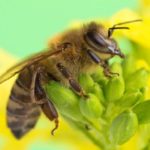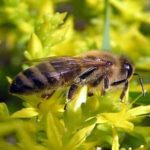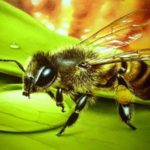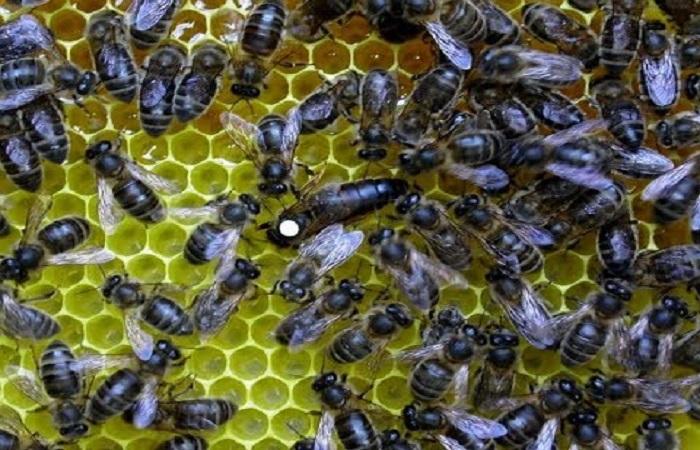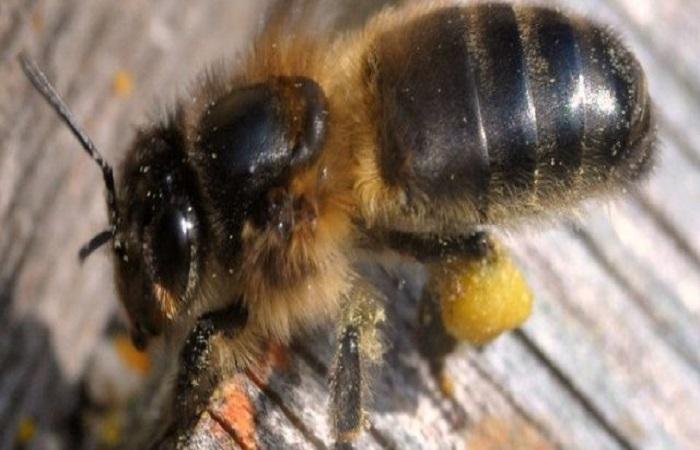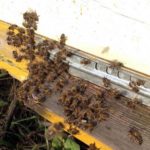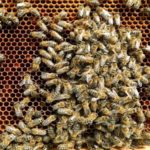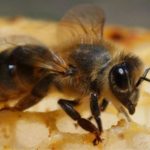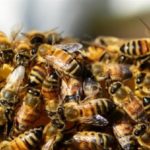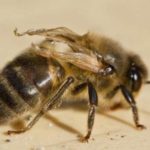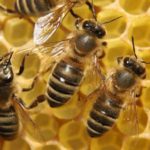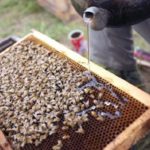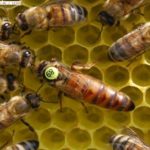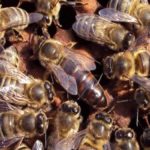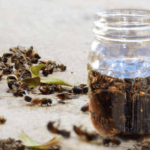It is important for novice beekeepers to choose the right breed of insects. Central Russian bees are ideal for apiaries located in regions with harsh climatic conditions. They are considered quite hardy and hardworking. In order for insects to bring a lot of honey, it is important to provide them with suitable housing conditions. Disease prevention and prevention of parasite attacks is of great importance.
Description of the Central Russian breed
Russian bees are characterized by the following distinctive features:
- body length – 12 millimeters;
- short proboscis – does not exceed 6.5 millimeters;
- the volume of the honey crop is 20 cubic centimeters;
- wing length - 9.7 millimeters;
Bees of this breed are characterized by an unusual color, which is something between dark brown and gray. Some varieties of these insects are completely black.
Queen of the breed
The uterus is the only full-fledged female that has developed genital organs. It is grown in special cells called queen cells. 3 days after the egg is laid, a larva appears and is fed with royal jelly. It contains many proteins.
The larva develops quickly. After 9 days, it is sealed in a honeycomb cell for 8 days. During this time, the larva will turn into a pupa, and then into a real queen. The development period from egg to queen takes only 17 days. On the 4th day of life, the queen flies out of the hive to familiarize herself with the area. After 10 days, she makes her first mating with a drone.
At the initial stage, the female lays a maximum of 1 thousand eggs. However, over time, this figure increases to 3 thousand eggs. The lifespan of the uterus is 5-8 years.
It is important to take into account that the queen bee of the Central Russian breed does not get along with other females. To protect the queen, a swarm of bees expels young females from the hive.
Characteristics
This breed is considered the most profitable for breeding, as it has a high degree of frost resistance. Insects are able to withstand temperatures as low as -40 degrees. Other features of such bees include:
- able to withstand up to 7 months of rest;
- do not become active during thaws;
- are characterized by high performance;
- not so sensitive to toxic substances and infections;
- have a high tendency to swarm;
- are considered quite aggressive;
- have no tendency to steal honey.
Content Features
To achieve good results in breeding such bees, it is necessary to prepare a colony with a strength of up to 12 streets in the fall. In this case, the amount of food for the winter should be at least 25 kilograms. It is recommended to use honey rather than sugar syrup as a top dressing. In the spring, the family should be exposed as early as possible for flight. At the same time, the colony is reduced, and sealed brood is placed in the free space.
It is recommended to strengthen the bee colony not immediately, but gradually. By the time the queens are hatched, the strength of the family should be 18 streets. When the required number of drones is formed in the hive, it is recommended to place the queen in a special insulator consisting of 2 frames. After 8 days, the queen is removed with exposed brood.
After 10 days, all queen cells must be isolated. After 2-3 days you can start taking mats. When the queens begin to emerge, the family should be divided into 10-11 parts.
Disengagement zones
An apiary with such bees can be placed throughout Russia, except for the Far North. It is desirable that the farm be located as close as possible to the honey collection. The distance between the apiary and the field should be a maximum of 2 meters.
Bees collect honey until the end of July. Insects of this breed are considered picky. They pollinate linden and buckwheat, but do not move long distances in search of other plants.
In the south, hives must be placed in the shade. In cold regions, this should be done in the sun. At the same time, the apiary should not be adjacent to livestock farms, ponds, cereal fields and coniferous forests.
Advantages and disadvantages
The advantages of Central Russian bees include:
- frost resistance;
- resistance to diseases and parasites;
- high productivity;
- endurance;
- minimal feed consumption in winter;
- high honey yields.
The Central Russian breed of bees has many advantages. It is characterized by high productivity. These insects produce a lot of high-quality honey and are undemanding to living conditions.

